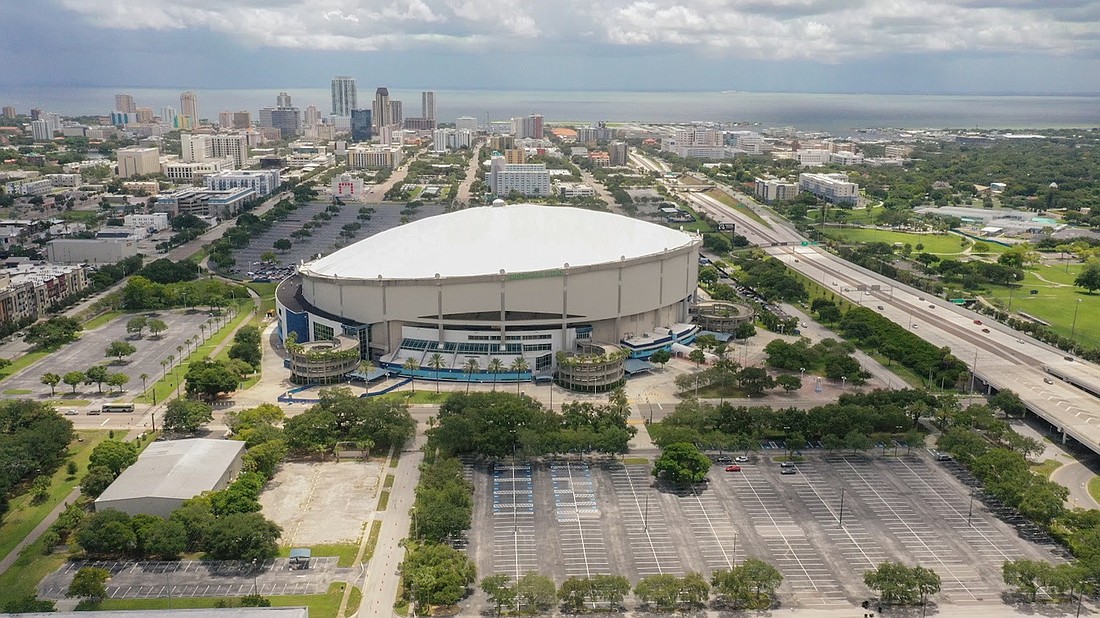- April 5, 2025
-
-
Loading

St. Petersburg officials have formally requested proposals for the redevelopment of an 86-acre swath of municipally-owned property around Tropicana Field, which the city hopes to turn into a “multi-use center” connecting downtown to neighborhoods.
On the heels of a $93 million rehabilitation of the municipal St. Pete Pier, a 26-acre development that debuted earlier this summer with shops, restaurants and recreational endeavors, officials are seeking ambitious ideas to further the city’s image as a pedestrian-friendly and amenity-rich urban environment.